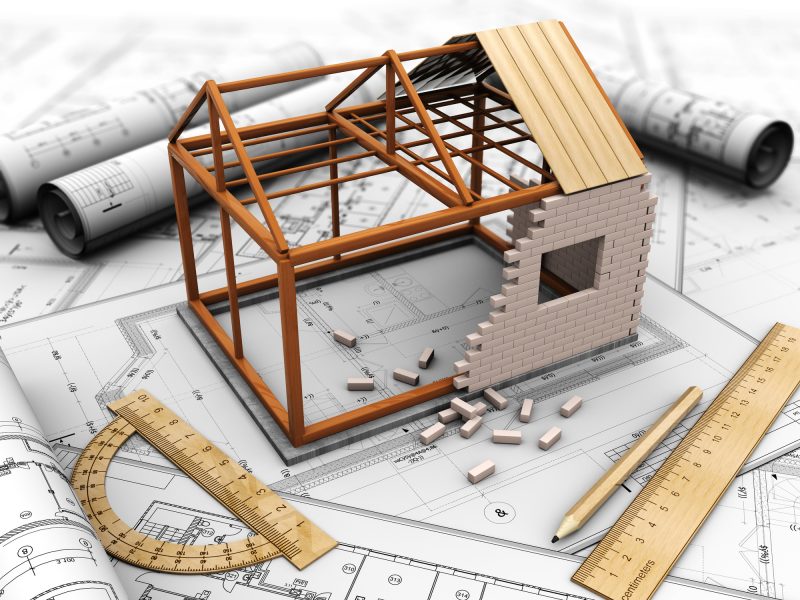If the market is void of your dream home, the only option you have is to build it yourself.
With the right budget, the right resources, and connections with the right contractors, you can manage to create your very own dream house out of thin air. That said, building a home isn’t easy.
There are a number of things you have to make sure you do when you try to build your home. We’re going to explore a few of the most important steps to take when you’re going through the process.
Hopefully, the ideas below will make the home building process easier for you moving forward.
Table of Contents
The Essentials of Building a Home
The first thing to do is ensure that you’ve got ownership of the plot of land and have permission to start building a structure on that land. It can be a little frustrating at times, but you have to have the project approved by your local municipality before you start the process of construction.
You can’t just start building a residential structure on a plot of land, regardless of whether you own that land or not. You’ve got to go to your city hall and inquire as to the steps to take in your particular area.
The Bare Bones
Once you’re all set to move on, it’s time to lay the site parameters and set the foundation for your home. This tends to be concrete, and it requires the use of a large concrete truck or some secondary tool in most cases. Go to getbuilt.com to learn more about the tools and machines you might need to use.
Mixing concrete by hand isn’t going to cut it when you’re building a full-sized house. Then comes the framing. You’ll need a foundational frame in place from which you can start building out the rest of the frame.
After framing, you can start to incorporate the veins and organs of the house, such as plumbing, HVAC systems, and other essentials. Once all of those things are in place, you can start to fill them in with insulation for the walls.
Drywall and Beyond
Once the insulation is in place and the home is starting to take shape, it’s time to put the drywall in. This fleshes out the body of the home and makes things take shape a little bit.
At that point, you can start to install the fixtures like counters, cabinets, and more. This is also the point when you can start to flesh out the exterior pieces of the home with siding and other protective measures.
You’ll then be able to do flooring, add in additional features, and move forward with all of the odds and ends that you have left.
Want to Learn More About Building?
There’s a lot to learn about building the home. Each step requires specific knowledge of tools, measurements, and more. It’s important that you understand the process and each step involved in it.
If you don’t, you could put your finances and your general health at risk by creating an unfit home. We’re here to help you learn more. Explore our site for more insight into homebuilding, planning, and more.






